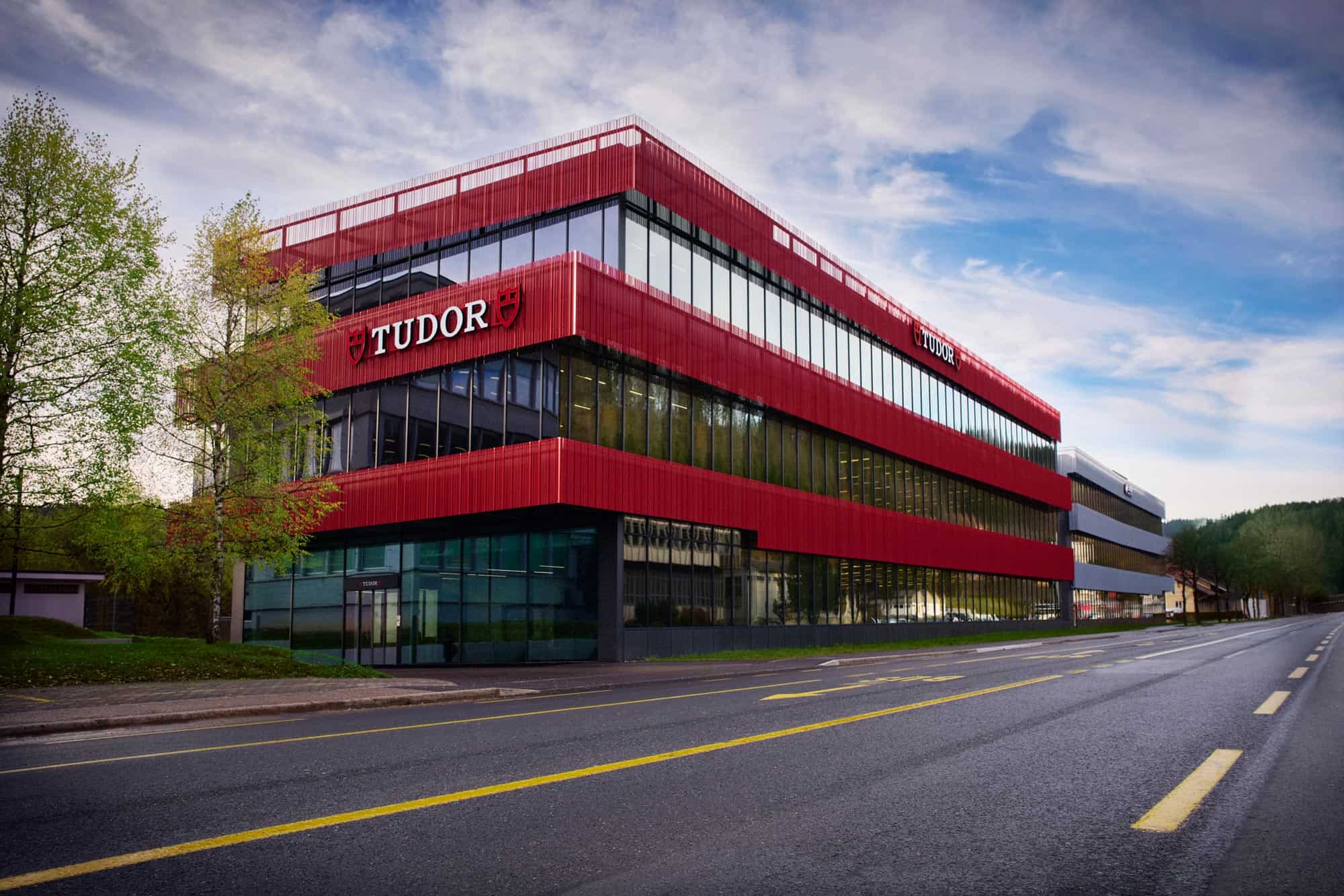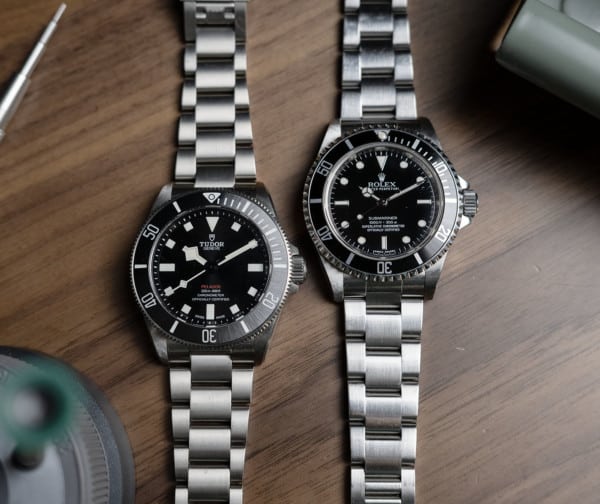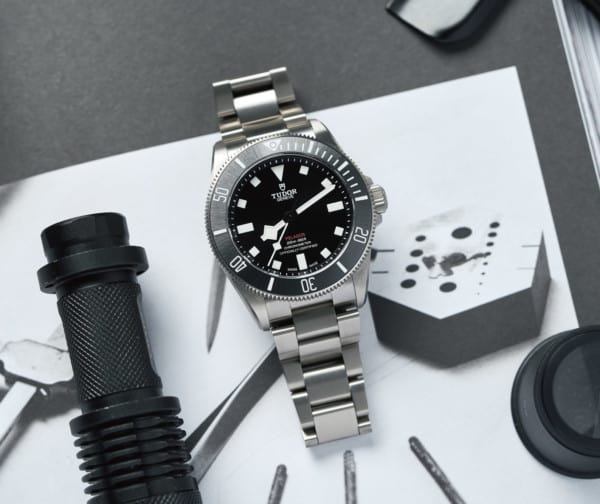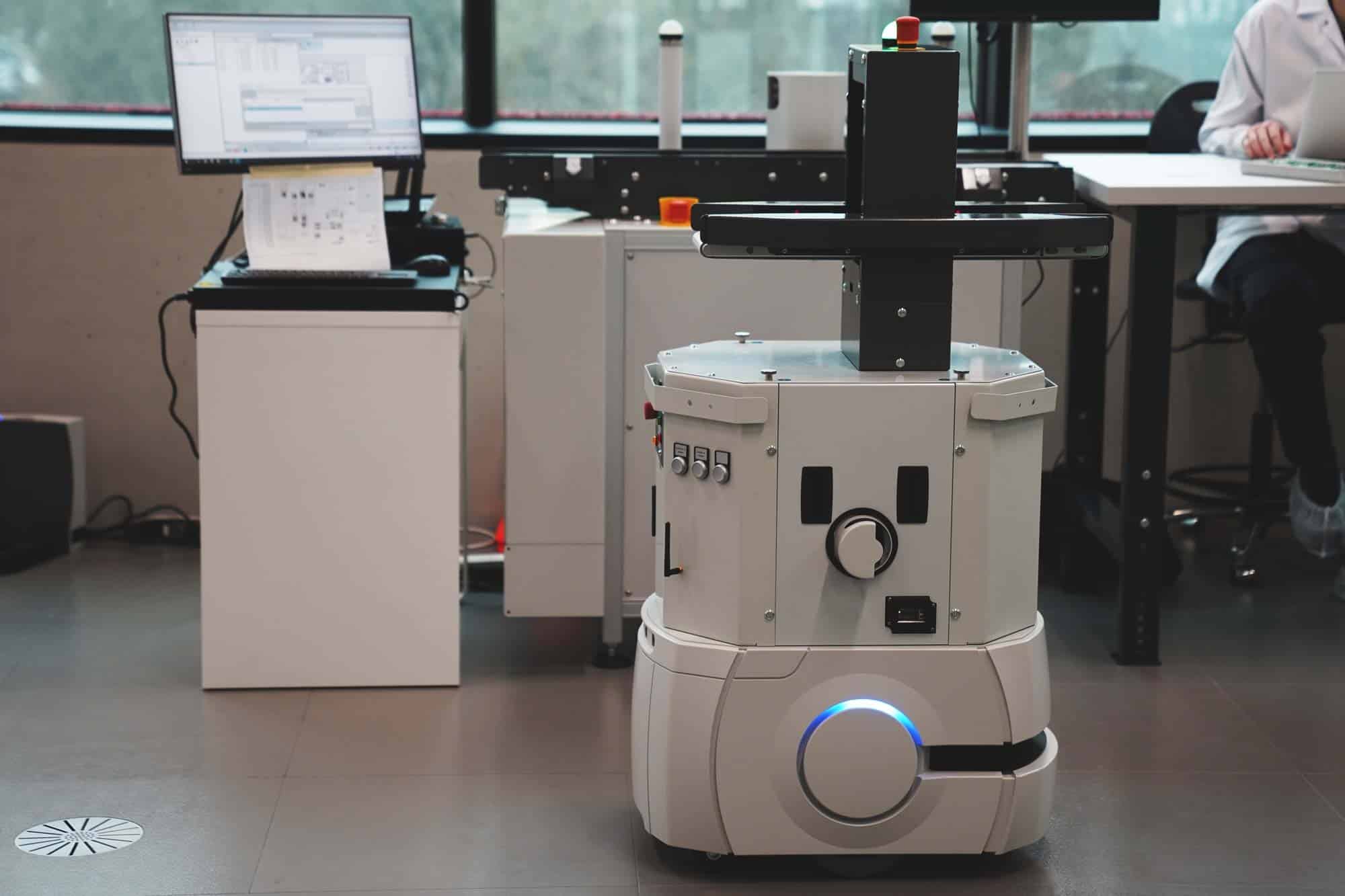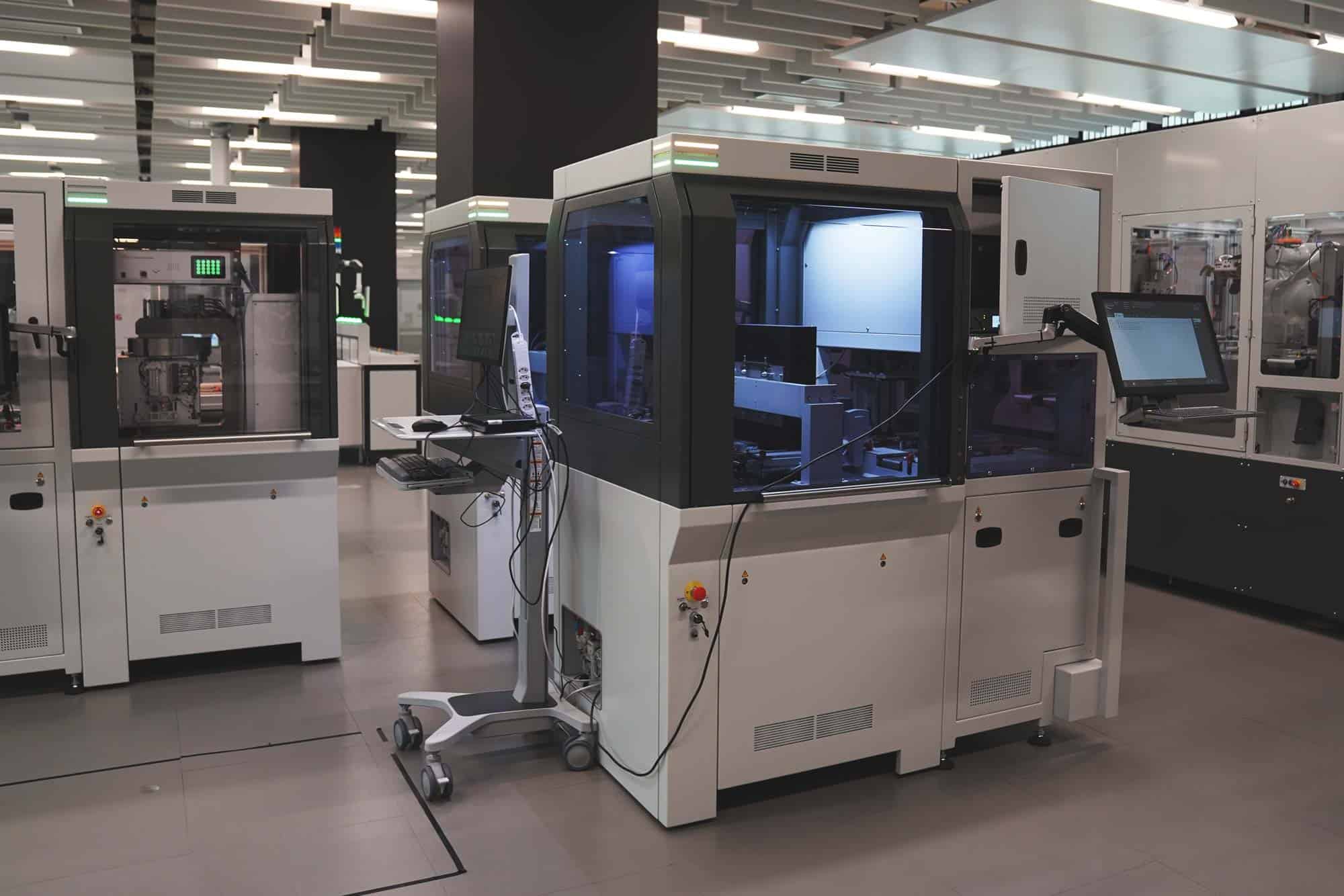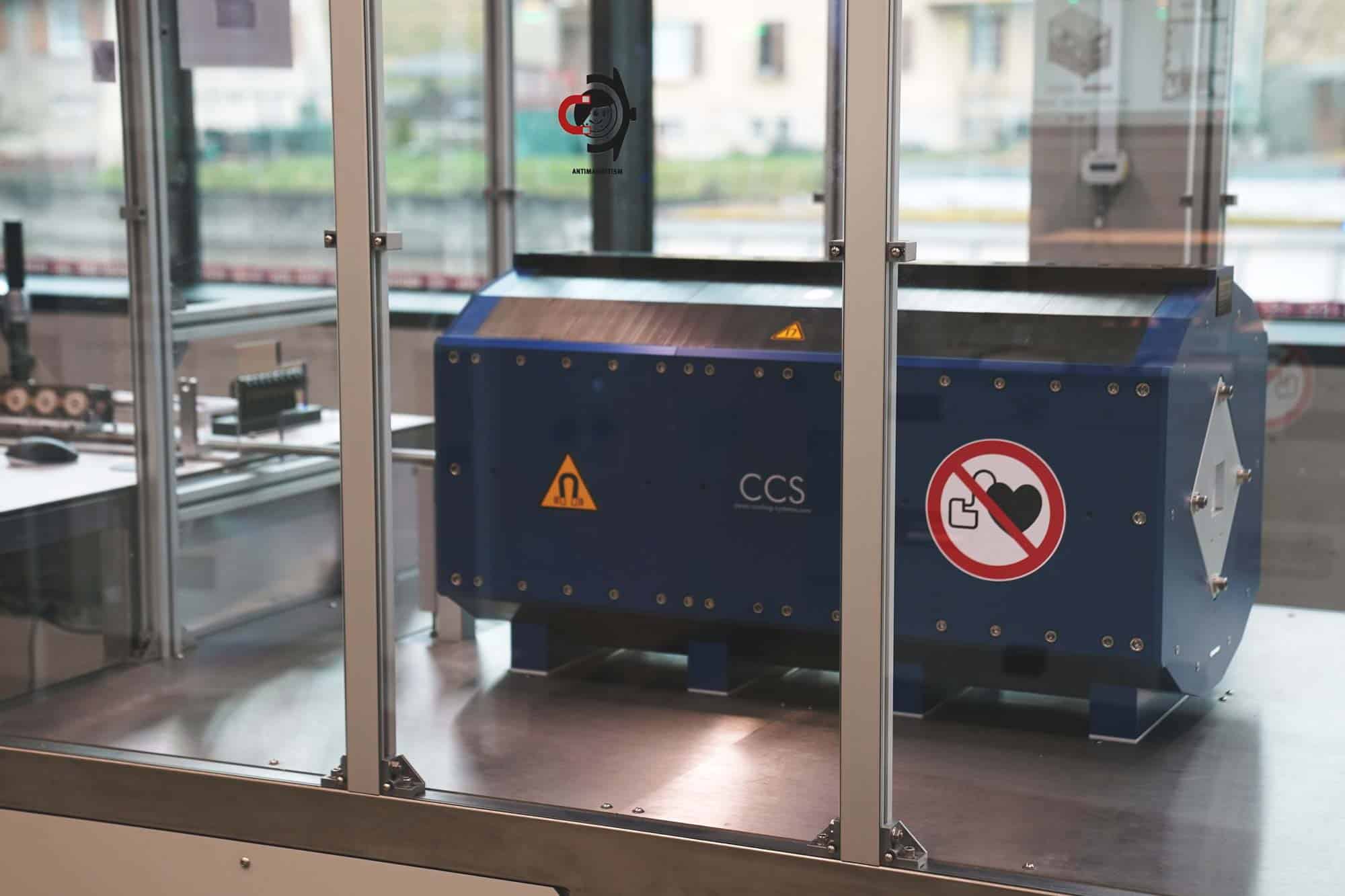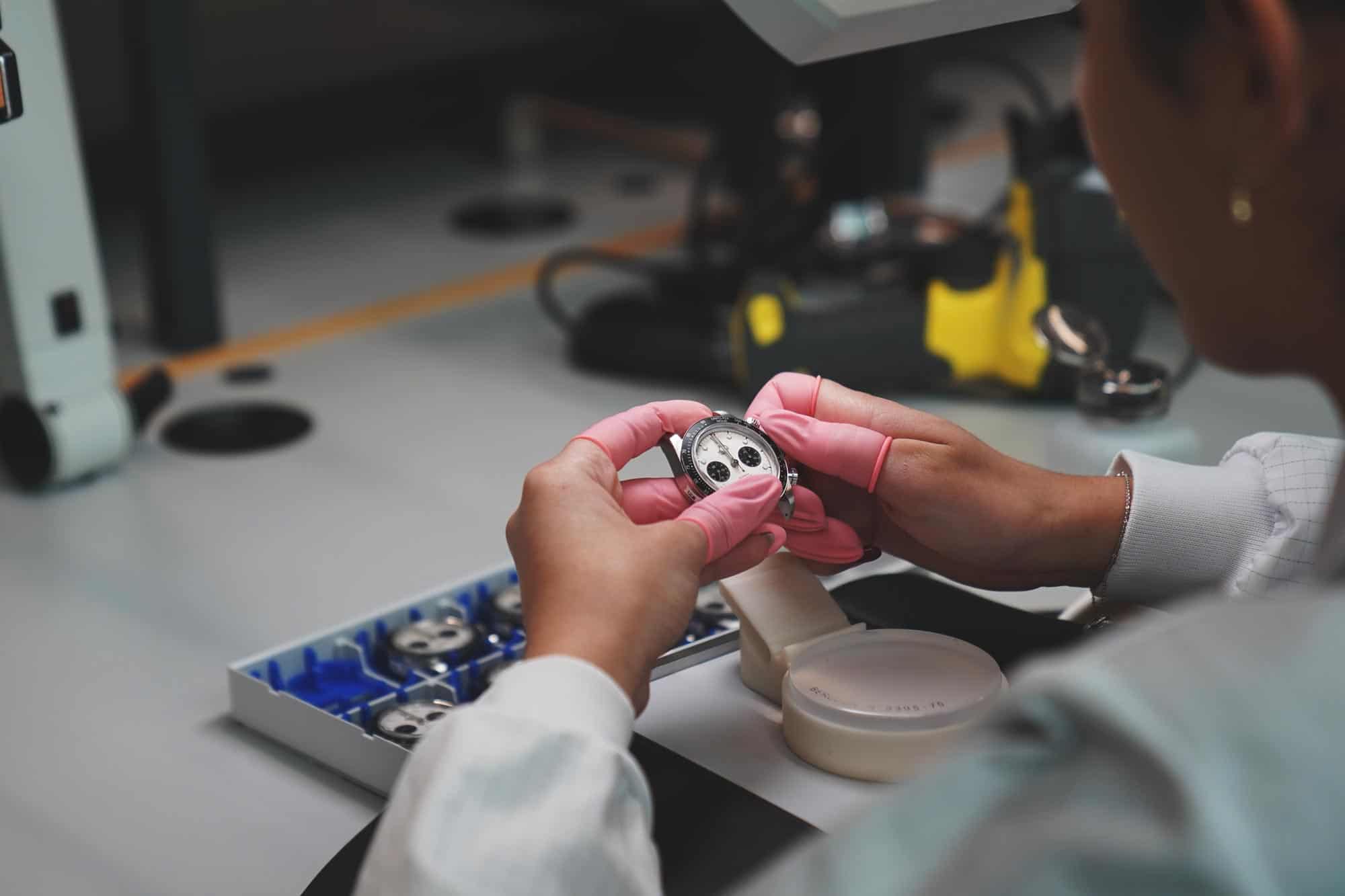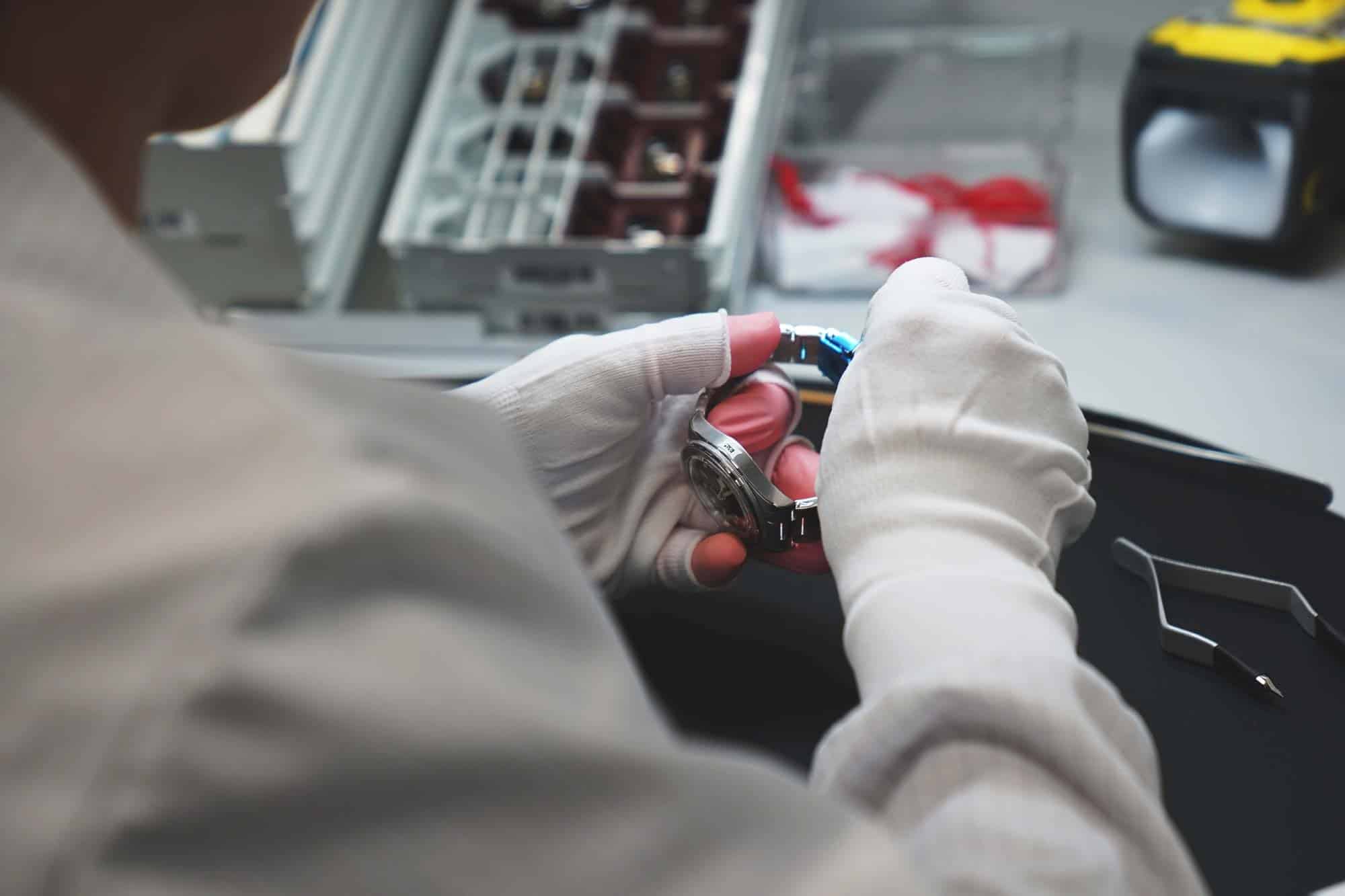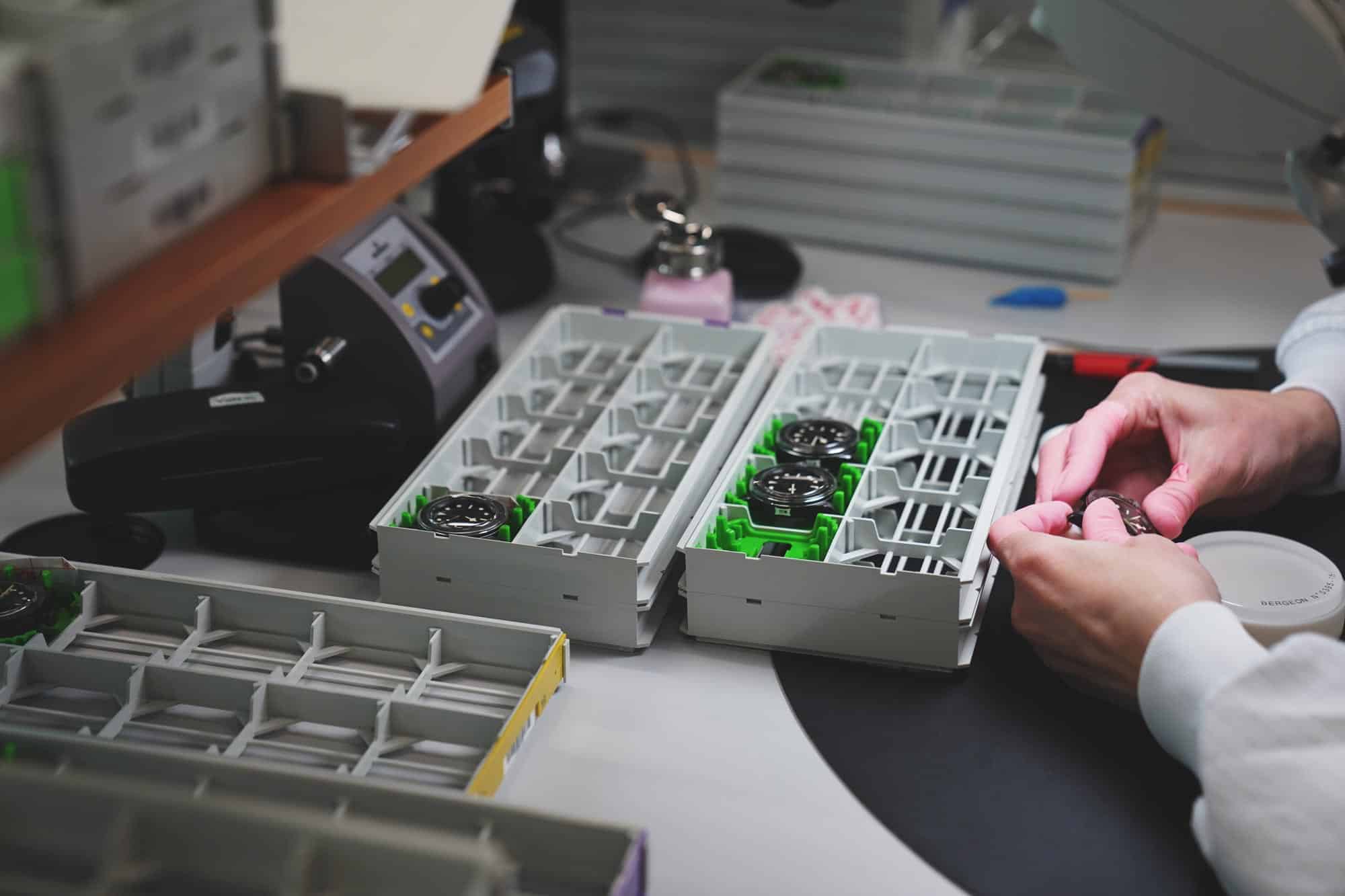Tudor’s recent road is a case study on how to properly revive, or reintroduce a brand to the world. Just in the last 10ish years, we’ve watched them go from a vintage fascination but a contemporary obscurity to one of the leading modern Swiss watch brands. A brand that went from unavailable in the US, to globally reinvigorating and dominating the $3-5k price point. And now, in 2023, they’ve marked another milestone, the opening of their new assembling and testing facility in Le Locle.
A massive structure, it houses in a split building with entrances on either side, Tudor and the movement manufacturer they created, Kenissi. Standing on 330, 30-meter tall concrete pillars to reach sturdy bedrock below, the building is 150-meters long, 30-meters high, and consists of 8,050 cubic meters of concrete and 960 tons of metal framing. State of the art in many ways, the project took five years from start to finish, including three for construction, with some transitions and new operations finishing in April of 2023.









 Featured Videos
Featured Videos




